|
Check out our creative storage solutions for your rental home to improve your property, and increase its appeal! If you want to use the space in your home optimally, it’ll take a bit of imagination, especially if you don’t want to make any major changes to the property! So, here are some creative storage solutions for your rental home. Utilize vertical space Regarding creative storage solutions for your rental, utilizing vertical space is a smart strategy. By thinking vertically, you can make the most of limited floor space. So, install floating shelves on your walls to create stylish displays for books, decorative items, or kitchen supplies. You can put shelving in cheaply and easily, no matter if you decide on a furnished vs. unfurnished rental, too! Another space-saving solution is using over-the-door organizers, perfect for storing shoes, accessories, or cleaning supplies. Don't forget to incorporate wall-mounted hooks and racks for hanging coats, hats, and bags. So, whether you go with floating shelves, over-the-door organizers, or wall-mounted hooks, utilizing vertical space will help maximize storage in your rental home without sacrificing valuable floor space. Make use of underutilized spaces Don't overlook the potential of underutilized spaces in your quest for creative storage solutions for your rental. These often-overlooked areas can provide valuable opportunities. Consider utilizing the area under your bed by using containers or bed risers. That allows you to place items like linens, out-of-season clothing, or even extra shoes there. Another underutilized space is the area above doorways or in unused corners. You can put floating shelves in these areas to showcase decorative items or create a small library. Additionally, don't forget about the areas above your kitchen cabinets. These are perfect for storing infrequently used kitchen appliances, extra dishes, or decorative baskets. Multi-functional furniture When maximizing storage in your rental home, multi-functional furniture is a game-changer. Furniture pieces that serve multiple purposes can help you make the most of your home. So, consider investing in ottomans or benches with built-in compartments to place extra blankets, pillows, or books. Bed frames with built-in drawers or shelves are also a great option for maximizing the utility of your bedroom. They provide additional storage for clothing or other items, eliminating the need for a separate dresser. Another multi-functional furniture piece is a room divider with shelves or compartments. It creates a sense of privacy and separation in open floor plans and provides extra storage areas for books, plants, or display items. Just remember that the moving experts from movingforwardgroupinc.com note that moving this type of furniture can be tricky without professional assistance! Creative closet solutions When it comes to organizing your rental home, don't neglect your closets. Implementing creative solutions can transform your closets into efficient storage. For example, hanging organizers are perfect for neatly arranging shoes, accessories, and folded clothes. They maximize the use of verticality and keep everything within easy reach. Another great idea is to install tension rods for additional hanging space. That is particularly useful for expanding your wardrobe or organizing scarves and belts. To further enhance organization, utilize bins and baskets. These can be labeled and used to categorize items like hats, gloves, or seasonal clothing. Since closets can be easily closed and gaining access to them is not easy, they can also contribute to making a more pet-friendly rental by keeping items dangerous to animals out of reach. Efficient kitchen storage Efficient kitchen storage is essential for a well-organized and functional rental home kitchen. One creative solution is to install magnetic strips on your walls. That lets you put knives and metal utensils away within easy reach, freeing up drawers. Another idea is to utilize pegboards. Mount them on your kitchen wall and hang pots, pans, and kitchen tools for easy access and a visually appealing display. Investing in stackable containers for pantry items can help maximize space and organize your ingredients. With stackable containers, you can utilize vertical space efficiently while keeping your pantry neat and clutter-free. Creative bathroom storage Creative bathroom storage solutions can make your rental home's bathroom functional and organized. So, utilize adhesive hooks to hang towels, robes, or even loofahs, keeping them within easy reach. Install a shower caddy or organizer to keep toiletries neatly organized and easily accessible during your daily routine. Small baskets or bins can be used to corral cosmetics, bathroom essentials, or even extra toilet paper rolls. These containers can be placed on countertops or cabinets for a clutter-free look to improve your rental! Optimize small spaces Optimizing small spaces in your rental home is key to maximizing storage and functionality. For example, consider using a fold-out table or desk that can be easily tucked away when not in use. This furniture piece provides a designated workspace without taking up valuable floor space! Another space-saving solution is a Murphy bed. When folded up, it frees up the room for other activities, and when unfolded, it provides a comfortable sleeping area. Additionally, wall-mounted organizers or pegboards are excellent for organizing office or craft supplies. They keep items off the floor and create a visually appealing display. So, remember that small spaces can be versatile and functional with the right solutions, making every inch count. That should motivate you to get creative and maximize your compact living space! Outdoor storage solutions Outdoor storage solutions are essential for keeping your rental home organized and clutter-free. So, invest in outdoor storage containers for gardening tools, sports equipment, or seasonal items. These containers protect your belongings from the elements while keeping them easily accessible. Consider vertical gardening techniques to maximize plant space if you have a yard. Vertical planters or hanging baskets add a touch of greenery without taking up valuable ground space. However, you can always consider renting a unit if you don't have access to a yard or enough space. Renting a storage unit allows you to safely store larger items like furniture or excess belongings, giving you peace of mind and creating more space in your rental home. Improving your rental’s utility
With what we covered on creative storage solutions for your rental home, you should know where to start! Of course, don’t be afraid to go off-script and experiment independently. Who knows, you might be able to come up with even better solutions. Photos via: Pixabay Pixabay Unsplash Unsplash Discover the key factors to consider when choosing between renting a house vs. renting an apartment. Explore the advantages and disadvantages. When finding a place to live, one of the most important decisions is renting a house or an apartment. Both options have advantages and disadvantages, and choosing the right one depends on various factors such as budget, lifestyle, and location. This article will explore the key considerations regarding renting a house vs. renting an apartment.
Overview of renting a house The first option offers several advantages when renting a house vs. renting an apartment. One of the primary benefits is the ample space and privacy it provides. Houses generally have multiple bedrooms, a living room, a kitchen, and often a backyard. This extra space is particularly beneficial for families or individuals who require more room for storage, hobbies, or entertaining guests. Additionally, renting a house often means accessing outdoor amenities such as a garden or a patio. If you enjoy spending time outdoors or have pets that need space to roam, this is a perfect solution for your new home. Moreover, renting a house allows for more customization options. Tenants may be free to paint the walls, hang pictures, or make other cosmetic changes, giving them a sense of ownership and personalization. However, renting a house also comes with some drawbacks. The rental costs for houses are generally higher than apartments due to the larger size and additional amenities. Additionally, tenants are typically responsible for maintenance and repairs, which can be costly and time-consuming. Considering these factors and assessing one's ability to handle the additional responsibilities associated with renting a house is essential. Overview of renting an apartment Renting an apartment has its own set of advantages. One of the most significant benefits is the lower rental costs compared to houses. Apartments are generally more affordable due to their smaller size and shared facilities. This makes them attractive to individuals on a tight budget or those looking to save money. Another advantage of renting an apartment is the access to shared amenities. Many apartment complexes offer a gym, swimming pool, or communal areas, which tenants can enjoy without extra expenses or maintenance. This can contribute to a more convenient and enjoyable lifestyle. Moreover, renting an apartment means that the landlord or property management usually handles maintenance and repairs. This can be a significant relief for tenants who do not want to deal with the hassle and cost of fixing things themselves. However, apartments also have their drawbacks. The limited space and lack of privacy can be a concern, especially for families or individuals who value their personal space. Outdoor areas are often limited or nonexistent, which can be disappointing for those who enjoy gardening or spending time outside. When discussing renting a house vs. renting an apartment, the second option typically has restrictions on customization. Tenants may be limited in making significant changes to the apartment, such as painting walls or making structural modifications. This lack of flexibility may be a drawback for those wanting more control over their living space. Factors to consider when choosing between renting a house vs. renting an apartment When deciding between renting a house or an apartment, several factors should be taken into account:
Tips for moving into a rental home When moving into a rental house or apartment, choosing the most efficient ways to relocate your belongings is important. Whether you choose a house or an apartment, there are several ways to ensure a smooth transition. Firstly, you can opt for professional movers who will handle your household goods' packing, loading, and transportation. This relieves the stress of moving heavy furniture and delicate items. Alternatively, if you prefer a DIY approach, you can gather friends or family members to help pack and load your belongings into a rented moving truck. Another option is to utilize portable storage containers, which allow you to pack at your own pace and have them transported to your new rental property. Making a final decision To make an informed decision between renting a house or an apartment, consider the following tips:
Conclusion Choosing between renting a house vs. renting an apartment is a crucial decision that depends on various factors, including budget, lifestyle, and location. While renting a house offers more space and privacy, it comes with higher costs and additional responsibilities. On the other hand, apartments are more affordable, offer shared amenities, and relieve tenants of maintenance duties, but they often come with limited space and customization options. By considering these factors and weighing your priorities, you can make a decision that suits your unique circumstances. Author’s bio: Jane Smith is a highly experienced content creator and blogger. Her work is focused on writing about family, moving, real estate, and home design. With several years of experience working with diverse clients like müv | Trusted Florida Movers, Jane aims to provide her readers with valuable insights and practical tips, helping them easily navigate various aspects of their lives. Photo via Unsplash If you're thinking about renovating your home, there are a few things you should know before you get started. From understanding the different types of renovations to budgeting for your project, this guide from Clark Real Estate will give you an overview of what to expect when it comes to renovating your home.
Different Types of Home Renovations There are many different types of home renovations, from small cosmetic updates to major structural overhauls. Some common home renovation projects include:
Establishing a Timeline and Schedule Once you've decided on the scope of your project, it's time to establish a timeline and schedule. This will help you stay on track and ensure that your project is completed on time and within budget.Some factors to consider when creating your timeline and schedule include:
Budgeting for Your Renovation Next, you'll need to create a budget for your renovation. This will help you keep track of all the costs associated with your project and ensure that you don't go over budget. When budgeting for your renovation, be sure to factor in the cost of the following:
Software Used by Contractors These Days Contractors today use a variety of software applications to manage their projects, including project management software, accounting software, and CAD (computer-aided design) software. Certain specializations also have their own specialized software. All in all, by understanding which software applications your contractor is using, you can better communicate with them and stay up-to-date on the progress of your renovation. How to Find Capable, Trustworthy Contractors Once you've established a budget and timeline for your project, it's time to find capable, trustworthy contractors who can get the job done right. Here are some tips for finding reputable contractors:
Clearly Communicating Your Ideas One of the most important aspects of any home renovation is clear communication between you and your contractor. After all, they're the ones who will be responsible for bringing your vision to life! Make sure you take the time to sit down with them and clearly explain what it is you're looking for before work gets underway. Putting your ideas in writing is advisable, as well. If you like, you can start in Word, then save the files as PDFs so that they can be easily accessed on different devices. If you want to join various PDFs together, you can do so in seconds by selecting a PDF merger tool that you can use for free. Getting Permits Depending on the type and scope of your renovation, you may need to obtain certain building permits before work can begin. Your contractor should be able to advise you on which permits are required for your project. Adding a Home Office With more and more people working from home these days, it's no surprise that many homeowners are looking to add a dedicated home office space as part of their renovation plans. If this is something you're considering for your own home, be sure to factor in the cost of additional electrical outlets, internet hookups, and any other special features that may be required. The Benefits of a Home Warranty Finally, one last thing to consider when renovating your home is whether or not to purchase a home warranty. This type of insurance protects against unexpected repairs or replacements that may be needed after the completion of your renovation project. While not required, a home warranty can give you peace of mind knowing that your investment is protected. Now that you know more about what to expect when renovating your home, it's time to start planning YOUR dream renovation! Just remember: careful planning, clear communication, and staying within budget are key to ensuring that your project goes off without a hitch! Clark Real Estate offers a variety of property management services for landlords and tenants alike. If you have any questions, please let us know. Image via Pexels Let's learn ways to make kids safe and comfortable in a rental and how to easily turn it into a place where they can flourish and thrive. Renting a home can be a fantastic solution for families, but it can come with some challenges. When you have kids, safety and comfort should be at the forefront of your mind when renting a home. So what can you do to make your kids safe and comfortable in a rental? With the help of experienced property managers, we did thorough research, and here's how to adapt your new rental so that your kids feel cozy, safe, and fully comfortable; so, if you're ready to take your rental from drab to fab, get ready to let your imagination run wild! Join us as we explore creative ways to make kids safe and comfortable in a rental so your kids can get creative and be themselves. How to make your rental safe and comfortable for your kids? As a parent, ensuring that your kids feel safe and comfortable in their home is of the utmost importance. But what happens when that home is a rental? Renting a home comes with its own set of challenges, especially when it comes to making the space safe and inviting for your kids. However, with a little creativity and effort, you can transform your rental into a cozy and secure home for your family. There are plenty of decorating ideas for rental that you can use as inspiration to decorate to your taste. And when it comes to making your rental child-friendly, we're here to help you. So let's cut to the chase and explore ways to make kids safe and comfortable in a rental. Child-Proof Your Home One of the most important steps in making your rental home safe for your kids is to child-proof it. This will reduce the risk of accidents and injuries to your kids. You can start by removing any hazardous items from reach, such as cleaning products, sharp objects, and anything that could pose a danger to your children. Covering electrical outlets and securing loose rugs will prevent trips and falls. It's essential to make sure that all windows and doors have working locks, as well as to install smoke detectors and carbon monoxide detectors throughout the home. This will give you peace of mind and ensure that your children are safe. Organize Your Home for Safety Organizing your home can make it safer for your kids. You can use child-friendly storage solutions, such as low-level shelves and drawers, to organize toys and games. This will help to reduce clutter and keep the home tidy. Using labels or pictures to help your kids find what they need and putting things away when they're finished playing will make the home more organized and safer for your children. Keeping your home tidy and clutter-free is crucial to reduce the risk of accidents and injuries. This is especially true if you have toddlers running around. Get creative with storage solutions in your home, and in case you lack space, listen to the word of advice from the friendly team from Pro Movers Miami and rent a storage unit. It's an inexpensive and efficient solution to keep your home neat and your belongings safe. Create a Safe and Cozy Sleeping Area A good night's sleep is essential for kids, so it's crucial to make their sleeping area as safe and comfortable as possible. You can start by checking that the beds are sturdy and in good condition. Consider using a fitted sheet on the mattress to prevent accidents and to make it more comfortable. You should also have plenty of soft and cozy blankets on hand, especially during the colder months. If possible, try to place the beds near a window to provide natural light during the day. This will create a peaceful and inviting environment for your children to sleep in. Add Personal Touches By making an effort to personalize your rental, you'll instantly make it feel like home for both you and your kids. You can add photos, artwork, and other decorations to the walls. This will help your kids feel more connected to the space and make it feel like a true home. If possible, let your kids help with the decorating and choose items that they love. This will give them a sense of ownership and pride in their home and make it more special to them. Incorporate Natural Light Natural light can make a big difference in creating a warm and inviting environment for your kids. When renting a home, look for a property that has plenty of natural light, such as large windows or skylights. This will help to create a bright and cheerful environment that your kids will love. If the property doesn't have much natural light, consider adding lamps or other light fixtures to help brighten up the space. Not only will this create a more welcoming atmosphere, but it will also help to reduce stress and promote better sleep for your kids. And let's not get into the importance of vitamin D for your kids. Use Color to Create a Cozy Environment Colors can play a big role in creating a cozy and comfortable environment for your kids. You can use soft, warm colors, such as pastels or light neutrals, to create a calming and inviting atmosphere. Consider adding a pop of color with some bright accents, such as a colorful rug or some artwork. However, if you want to make sure to get your deposit back, check your lease or consult your landlord about whether you're free to make such changes to the place. If you're not allowed to paint the walls, you can always add some color with curtains, bedding, or wall art. You can even make a fun day out of creating family home art together! Encourage Play and Exploration Encouraging your kids to play and explore is a great way to make your rental home feel like a home. Setting up a play area where your kids can let their imaginations run wild is an excellent way to create a fun and safe space for your kids. You can use toys, games, and other activities to encourage exploration and learning. Make sure that the play area is safe and accessible, and keep it organized and tidy. This will allow your kids to play and learn in a safe and comfortable environment. In conclusion
As you can see, with a little effort and creativity, you'll easily make kids safe and comfortable in a rental. By following these tips, you can ensure that your kids feel safe, comfortable, and happy in your new home. And in case you're still looking for that perfect rental, make sure to reach out to expert property managers. They'll understand your wants and needs and, based on them, help you find a rental that perfectly fits. Photos used: https://www.pexels.com/photo/little-girl-playing-in-a-box-4569304/ https://unsplash.com/photos/deX-KChuboY https://unsplash.com/photos/lz9W775oDyI https://unsplash.com/photos/FHFfHWWzbCc Flipping houses can be a great way for aspiring students to earn money for college. With a little hard work and a bit of luck, one can turn a profit from buying an inexpensive fixer-upper and selling it at market value. Investing in the real estate market requires careful research and savvy knowledge of the industry, but with dedication and persistence, flipping houses can become a lucrative investment that pays off in more ways than one.
Find the Right Home to Flip One of the most important steps in real estate investing is finding the right home to flip. It can be hard to determine which properties are worth your time and money. However, there are several factors you should consider when evaluating potential flips. You should look at a property’s location, condition, zoning, and comparable prices. Also, consider housing trends and research what similar properties have recently gone for on the market. With a little diligence, you'll be able to find the perfect property flip. Check the Zoning When looking for a house to buy and potentially flip for a profit, it is important to research local zoning laws. Every county or municipality may have different regulations which could prevent or limit renovations, additions, or other changes that could affect the value of the property. By checking with the local zoning laws first, potential home flippers can save themselves the heartache of a bad deal. Call the Pros Even if you have experience in home improvements, it's still wise to hire professional contractors for major projects such as plumbing, electrical work, structural changes, and more. Skilled professionals will get the job done correctly and safely while ensuring that your renovation project complies with all applicable laws and regulations. Make It Sparkle When you're ready to put up your property for sale or rent, don't forget about deep cleaning. A good vacuuming and decluttering will already go a long way. This is an often overlooked step, but it can make all the difference when it comes time for potential buyers or renters to tour your home since they'll appreciate seeing how well-maintained everything is from day one. Plus, deep cleaning before listing will give you an edge over competing listings on similar properties nearby. Market Your Property When it comes to flipping a house, successful marketing can be the difference between making a profit and taking a loss. Utilize all available channels to get the word out about the property, such as listing it on online real estate sites, reaching out to local Realtors for referrals, and utilizing social media platforms like Facebook and Instagram. Host an open house or organizing events at the property to generate interest. Invest in professional photography, staging, and open-house support to increase visibility. Additionally, make business cards, which can help spread the word about your listing quickly and easily. Make sure your cards include information about what makes your property unique, such as its location or amenities included in the sale/lease agreement. Alternatively, reach out to Clark Real Estate. We can manage your property for you in the Reno and Sparks areas. Study Online to Save on Costs If flipping houses isn't enough money for school tuition, you can always take classes online. Whether you want to earn your bachelor of education or your master's in accounting, virtual learning has become popular in recent years due to its convenience and flexibility when compared to attending full-time in-person classes. Moreover, online degree programs can cost significantly less, which means your tuition budget goes further. Flipping houses to help pay for college can be a lucrative undertaking. With careful research and planning, it can be an incredibly rewarding venture both financially and emotionally. Whether you're looking to pay off student loans or save up money for tuition costs at college, flipping houses can be a great way for adults to return to school after years away from the academic world. Image via Pexels Renting comes with many advantages, but the freedom to customize your living space according to your needs and preferences certainly isn't one of them. When a hefty safety deposit and a strict lease agreement are watching your every move, turning a rental into a home becomes a much more daunting task. Still, there is no reason to despair, even if you are still not ready to upgrade from tenant to homeowner. There are many budget-friendly ways to personalize your rental home that won't aggravate your landlord or your wallet. Stay tuned to see what they are. Add some color to the walls A fresh coat of paint can do wonders for transforming your living space. Owners typically opt for white or other neutral shades because they are universal and easy to paint over in between tenants. If this is too dull for your taste, you can always kindly ask your landlord to switch things up. If they are not too keen on the idea, offer to repaint the walls in the original color before the time comes to move out. Yes, this will be an extra expense you will need to account for, but since there are moving services for different needs and budgets available, you should be able to make an affordable plan without sacrificing anything. Create an accent wall with removable wallpaper This list of budget-friendly ways to personalize your rental home can't go without wallpaper. Removable wallpaper is a fantastic way to bring some color and style into your living space. There is a variety of colors, patterns, and even textures to choose from, so finding something that matches your taste shouldn't be an issue. You can even use it to upgrade the bathroom! Just be very careful when removing it if you want to get your security deposit back. If you chip or damage the walls, end-of-tenancy cleaning won't be your only issue when you decide to move. Upgrade the lighting Lighting plays an essential role in interior design. However, rentals usually cover only the bare necessities when it comes to illumination, be it natural or artificial. Luckily, addressing this issue is neither hard nor expensive. You can find beautiful lamps and lighting fixtures on various online marketplaces and thrift stores for ridiculously low amounts of money. LED strip lights are an excellent solution for task lighting in the kitchen or bathroom. When it comes to wall and ceiling fixtures, you can opt for pendant lights that you can customize and arrange according to your liking if you are not allowed to install more. Additionally, make sure to remove or replace your blinds and add airy curtains that will allow more sunlight into your living space. Replace the hardware Door knobs and cabinet pulls might seem insignificant, but they can really help you personalize your rental home. You can find cheap hardware online. The fact that replacing it requires minimal effort makes this trick even more attractive. Just make sure to store the original knobs, handles, and pulls in a safe place to avoid losing them. Add a removable backsplash to your kitchen Rarely will you find a rental with a kitchen backsplash that is just according to your liking. Luckily, you can easily address this with a removable backsplash. It will protect the walls from accidental spills and splashes and make the move-out cleaning significantly more manageable. Moreover, since it is so cheap, you can simply replace it once you get bored of the pattern. Upgrade appliances and cabinets with contact paper While there probably isn't much you can do about the appliances and cabinets in your rental, there are ways to make them look a bit more presentable. Contact paper! Simply clean and dry the surface you want to cover and carefully stick the paper to avoid air bubbles and creases. If you take your time with this, you might even convince your friends that you finally got that expensive stainless-steel fridge! When the time comes to move, simply remove the contact paper and no one will ever know. Cover ugly flooring with area rugs Since flooring isn't exactly cheap or easy to fix or replace, landlords typically don't address them unless absolutely necessary. As a result, many rentals have less than stellar floors that really affect the home's vibe. If this is the case with your apartment - there is no reason to panic! Area rugs can be a cheap and easy fix for this issue. Layer different sizes, colors, and shapes to cover the ugly spots and add a dose of coziness to your living space. Personalize your rental home with plants When it comes to home decor, plants are always an excellent choice. They are affordable, versatile, and capable of brightening up even the dreariest of places. If you don't have much experience keeping them alive, know that many low-maintenance options thrive on neglect. Make sure to choose the plants that can survive with the conditions you will provide them. This means that succulents are probably not an ideal choice if your rental doesn't get much sunlight. Additionally, put your green friends in some cool planters, and place them on your shelves, hang them, or even use them to cover up the eyesores. Don’t assume you can’t change anything
While there are many budget-friendly ways to personalize your rental home, they might not be enough for you. If you have more complex ideas in mind, don't just assume that you can do nothing about them. It's true that most landlords aren't big on allowing their tenants to make significant changes, but that might not be the case with your landlord. A kind approach, alongside responsible tenant behavior, could be enough to persuade the owner to loosen up the rules. Remember to be realistic about your demands and always offer to return the property to its previous condition. However, if your landlord won't budge and you simply don't feel at home in the rental - don't despair. There are many properties out there, and, with a bit of help, you will surely manage to find something that satisfies your needs and wishes. Photos used: https://unsplash.com/photos/85pCvDWDMmI https://unsplash.com/photos/mDOGXiuVb4M https://unsplash.com/photos/rSGdLWXpKzk https://unsplash.com/photos/4Vg6ez9jaec There is a lot to consider when it comes to moving out of your rental. Whether you have been there for a long time or just a short while, multiple things can determine if you get your security deposit back or not. Always make sure that you take your time to consider all possibilities and sort them out before you officially move out. The issues that your landlord might consider deal-breakers could be as small as a few leftover nails in the wall or as big as broken furniture. With some cleaning hacks, you will be able to relax and have no problem getting all your money back. Preparing to move outIf you have ever rented a car, you’ll remember that you needed to do an initial inspection of damages so that you do not get charged for them afterward. The same rule should apply to an apartment or house rental. If you have done this before signing a lease for your home, it will make your life a lot easier once you decide to move out.
1. Make sure you clean the ovenUnless you do not come near your stove due to your less-than-enviable cooking skills, the kitchen is the area where you will have the most significant amount of work. You know very well how much damage oil splatters can cause and what a pain they are to clean. Almost everyone will agree that they hate cleaning the oven with a passion. Who can blame them—it is extremely difficult to do, it demands some serious contortionism, and even after you clean it, it still looks dirty. Procrastinating with this task, though, can create quite a messy situation, and you want to take care of it before you move out. An easy cleaning hack is to make a baking soda paste by mixing it with water and then spread it all over the oven. Leave this overnight and simply wipe it clean in the morning. 2. Don’t overlook the fridgeThis is the home of lots of spills, stains, and bacteria. If you empty it and unplug it without cleaning, it will be a nasty sight—and smell. A bowl of baking soda overnight will take care of the smells for you. One of the best cleaning hacks is to use a vinegar solution and spray it all over the refrigerator. All the stains and grease will come off surprisingly easily. 3. The walls will need a lot of loveYour walls can go through substantial damage even if you do not hang any pictures on them. Simple, everyday activities can leave stains and marks on the walls that you will most certainly need to take care of before moving out. To clean stains, use white toothpaste with a paper towel or a rag. If you have removed nails from the walls, fill in the holes with toothpaste as well, or use the traditional nail hole fillers and even out by scraping the excess with a wet knife. 4. Try out these cleaning hacks for the floorsAny lighter shade of carpet will be susceptible to stains. To clean these, use a mix of hydrogen peroxide and some lemon juice. Spray the solution on the stained area and leave for a few minutes. After that, scrub it with a brush. For dark carpets, use a solution of white vinegar and a few drops of dish soap and water. If your hardwood floor has scuffs, use a tennis ball or an eraser and apply a bit of pressure while rubbing the surface. This magic trick will save your security deposit. 5. Give the bathroom a good scrubYou may have noticed some stubborn stains in your bathtub. They usually form from shower and hair products build-up, but also limestone. Most cleaning products will not get rid of them, so why not try a mix of lemon juice and salt? Scrub on the area until it magically disappears. Moving cross country?If you are currently renting in the state of Nevada and are planning an interstate move, consider hiring a moving company. After you have finished your thorough cleaning and you got your full safety deposit, these professionals will save you a great deal of trouble and help you transfer from the state to wherever you are moving. Especially if you are relocating for the first time, you will be more than grateful for the assistance of experts. You might get overwhelmed by the amount of planning and organizing that needs to take place. With professional movers, you will rest assured that everything will be arranged for you perfectly. Additional useful tips and cleaning hacks to keep in mindIt is very easy to overlook details when moving out of your rental. Your landlord might be a lovely, honest person, but they also might be digging for ways to deduct money from your safety deposit.
Meta description: Learn some great cleaning hacks to help you get your security deposit back offered by the experts at Clark Real Estate. Photos by Pexels https://www.pexels.com/photo/female-cleaning-stylish-living-room-in-apartment-7513086/ https://www.pexels.com/photo/people-woman-industry-writing-7841451/ https://www.pexels.com/photo/glad-woman-with-baking-pan-standing-near-oven-5181813/ https://www.pexels.com/photo/bathtub-with-candles-and-flowers-6620859/ If you are fortunate enough to find yourself in a position where you think you can afford to own property, you then have to deal with making the biggest and most complicated purchase of your life. For some, adding to the complication of a major renovation seems like madness. But for others, fixer-upper homes are the most achievable way to get the house of their dreams. If you have been considering joining the fixer-upper club, here’s what you’ll need to think about.
The Buying Process The first thing you need to do is determine your budget. In the case of a fixer-upper, this has to include both the price of the house and the renovation costs, but it is easier for you to think of them together for the time being. Good indicators to establish a budget include your annual income, money saved for a down payment, monthly spending, loan type, and current average APR. Don’t forget that there are plenty of hidden ongoing costs to owning a home, so you also need to take things like insurance, taxes, and maintenance into account. The next step for most homeowners is to get to know their local market and see what kind of home they can buy in the area with said budget. Nolo.com suggests that the best way to know how much to offer on a fixer-upper is to figure out the value of the home if it was fixed, calculating the cost of the work, and then subtracting one from the other. Once you find the fixer-upper of your dreams (and budget), there are a few additional steps you need to cover before making an offer. Get a full home inspection, which will highlight any repair work you may have missed during your visit, and re-adjust your offer accordingly. If a house you love has severe structural issues that would cost a fortune to repair, it may not be worth it. As you look into financing your purchase, research the types of loans that will work best for your situation. For example, if you’re a veteran with so-so credit and not a lot socked away, you are eligible for a VA loan, which can help when it comes to finding decent interest rates, plus there won’t be any mortgage insurance. On the other hand, if the home needs serious work, you can look into an FHA 203(k) loan. These loans provide funding for the home and the necessary renovations, in addition for funding that covers the time you can’t live in the home. The Renovation When it comes to renovating your new home, planning is the most important thing you can do. It may be tempting to throw yourself headfirst into the first DIY project you can think of, but this is not the most efficient way to proceed. Make a full list of everything that needs to be done, and sort tasks by priority. At the top, place anything that is necessary to make the house livable, such as electrical work, plumbing, or structural issues. Then address changes needed to make the house attractive. Finally, finishing decorative touches go last. A full renovation schedule is important, but it is by no means the only thing you need to consider. Real Homes has a detailed checklist of things you need to do before you start renovating, covering everything from securing the building site to learning about your home’s architectural features. And if you haven’t already, invest some cash into some quality power tools such as drills or saws to make those DIY projects a little easier. The Resale There is an accepted idea in society that your first house is a “starter home” and that you will eventually trade up to a bigger and better one. National statistics say the average first-time buyer stays in that house for 11 years before moving on to another home. However, there is also evidence that many first-time buyers, particularly young millennials, are skipping the starter home altogether. Instead, they are choosing to wait longer and put in more effort to buy a home that is right for them for the long haul. Whether you choose to re-sell your fixer-upper will ultimately depend on two factors: firstly, whether you bought the house with the long-term in mind, and secondly, how much value you have added through your renovations. Do bear in mind, however, that experts recommend living in a home for a minimum of five years before selling. Buying a fixer-upper for your first home doesn’t have to be a terrifying and intimidating prospect. As long as you are reasonable with your budget and expectations and do your homework, your fixer-upper can either end up being your dream home or a great first step on your way up the property ladder. 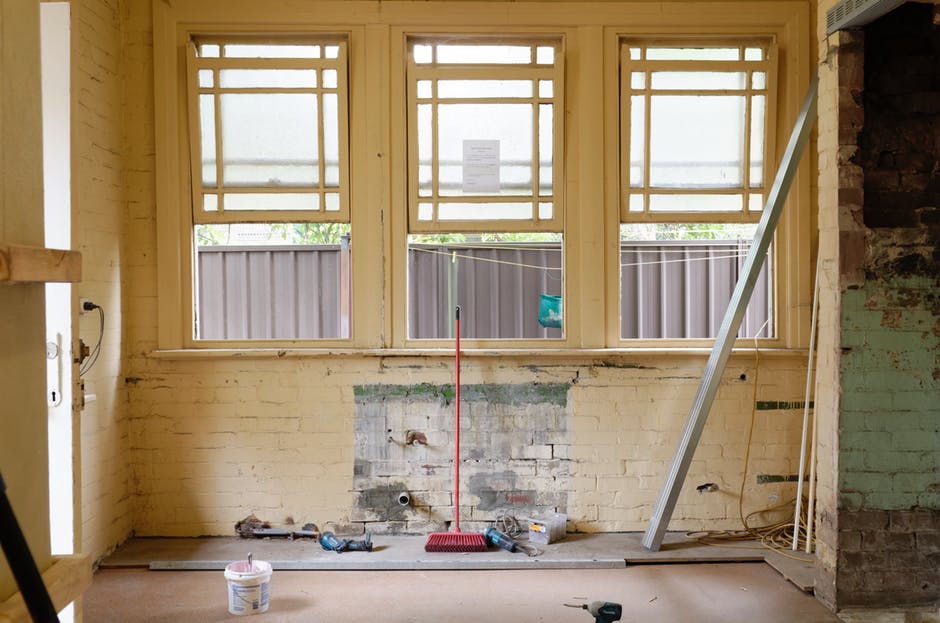 Whether they’re itching for something to do during colder months, motivated by the occasional Saturday when warmer weather prevails, or inspired by a marathon of a favorite DIY show, there always seems to be at least one improvement project on every homeowner’s to-do list. DIY Doubts If you count yourself among that cadre, it might be tempting to cut costs by tackling every task yourself. But, unless you are a veteran do-it-yourself homeowner who’s had a lot of experience with complex and costly renovations, there are probably some projects that should be left to the pros. For instance, most renovations experts say sanding floors requires a special touch that takes lots of practice to develop. So, even if you are able to rent the necessary equipment at a reasonable price, inexperience may lead to ugly mistakes that can be costly to fix. And, while it might be possible for a handy homeowner to complete simple electrical projects, like installing a dimmer switch or replacing a light fixture, the risk of shock and fire outweighs any cost savings for more complicated wiring projects, according to experts quoted in Architectural Digest. Likewise, they recommend that installing bulky or heavy items, like granite countertops, should be left to those who have the tools and techniques to do so without hurting themselves or the materials they are working with. Easy Upgrades Still, there are plenty of projects that even novice DIY homeowners can handle with a minimal investment of time and money. For instance, you could install new cabinet hardware and faucets in the kitchen and bath to give the rooms an almost instant cosmetic upgrade. A fresh coat of paint on walls, cabinets, or even a single wall offers much the same effect. And, while you’re at it, consider replacing dingy switch plates and outlet covers to create a clean look throughout your home. Projects to improve energy efficiency also offer an excellent return on investment, with many resulting in savings right away. For instance, adding weatherstripping around doors and windows and installing a programmable thermostat can help you control heating and cooling costs. Replacing conventional light bulbs with environmentally-friendly LED bulbs can cut energy usage and save you time and trouble over the long haul, because they don’t need to be replaced as often. Plus, your local utility company might offer rebates and discounts to help you cover the costs of some of these items. Staying Safe Even easy do-it-yourself tasks can present some risks and challenges. After all, you may need to mount a ladder to repaint a room or replace a light bulb. And, while a power drill can come in handy for everyday projects like installing a towel rack or hanging pictures on a wall, it can also create homeowner hazards. Before you begin any project, experts recommend that you keep these safety tips in mind: ●Wear the right clothes. Avoid wearing jewelry, loose clothing, or shirts with loose or long sleeves that could get caught in equipment. Be sure to wear goggles when you might be exposed to airborne debris, and use earplugs when operating noisy equipment. ●Prep your workspace. For safety’s sake, you need to have a clear work area. Make sure you remove all clutter from the floor and any other spaces you’ll be working in, such as the front or back yard. If you’re doing a major project that spans multiple rooms for longer than a week, you’d be wise to move any belongings that will be in the way to an inexpensive storage unit until the work is complete. ●Practice precautions when using power tools. For instance, you should never leave a power tool unattended while it is on. In fact, before you leave your work area, unplug any tools and make sure they are out of children’s reach. Follow the owner’s manuals and any warnings when using, caring for, and storing power tools to ensure they’ll work safely for years to come. ●Keep an eye on your surroundings. Be conscious of sharp objects, power tools, and other equipment in your workspace. Remain aware of other adults who enter your area, and keep children and pets out of the vicinity while you work. ●Mind your ladder. Read and follow instruction labels before using the ladder, and make sure you’re using the right ladder for the job. For instance, it’s important to select a ladder that’s tall enough for you to comfortably access the project area and that can bear the weight of you and your equipment, according to its stated weight limits. Finally, be sure to place the bottom one foot from the surface it’s leaning against for every four feet in ladder height. ●Have easy access to a first-aid kit, and make sure it is well stocked. You won’t want to treat serious injuries yourself, but scrapes, scratches, bumps, and bruises are common even during successful renovation projects. ●Mind your ladder. Read and follow instruction labels before using the ladder, and make sure you’re using the right ladder for the job. For instance, it’s important to select a ladder that’s tall enough for you to comfortably access the project area and that can bear the weight of you and your equipment, according to its stated weight limits. Finally, be sure to place the bottom one foot from the surface it’s leaning against for every four feet in ladder height. Following these suggestions about tasks you should leave to professionals, manageable DIY projects, and safety precautions will hopefully help keep both you and your home in good working order for a long time to come. First-time home buyers bought more than two million homes in the United States in 2017. Many of those homes were not new, which means quite a few people found themselves in possession of a fixer-upper. These houses can be a dream or a nightmare. If you get the house for a good price, you can make a considerable profit by fixing it up and selling it.
Of course, this may depend on your area of the country; the average price for a fixer-upper in Boston, Massachusetts, for example, is $420,000, but the average will be much lower in less-populated and rural areas. And if renovations head south, you could end up pouring a lot more money and resources than you intended into a money pit. Here are a few suggestions to keep your experience on the positive side. The Buying Process As a first-time home buyer, get prepared before you even begin looking. Check your credit score, know what kind of down payment you can afford, and get pre-approved for a loan so you can make an offer without having to wait. Looking beyond traditional real estate listings often yields results when you’re searching for a fixer-upper in your area. Check your local courthouse for foreclosure notices and attend auctions and estate sales. Because you’re willing to do some work on a house, you’re more likely to find a gem others will miss. The ideal fixer-upper is the worst house in the best neighborhood. Before you buy, make sure you get a home inspection so you know exactly what you’re facing in terms of repair work. You want to make sure you’re not missing something major that will spell disaster once the house is yours. Prepping for DIY Determine what projects you need to hire out and what projects you can handle. For the jobs you’ll be doing, make sure you have the appropriate tools. A few common power tools include a drill, circular saw, jigsaw, oscillating multi-tool, and an orbital sander. These will get you through most projects. If you’re not sure which models or brands to buy -- or which tool to use for which job -- do some research or ask your contractor or an experienced friend for recommendations. What Projects to Tackle First Deciding what projects to start with will depend on if you are living in the home. If you’re living there, you will likely remodel one room at a time so you can live in the other areas. If you have other living arrangements, you can work on the entire home at the same time. Major projects come first. Knocking down walls, tearing out old kitchens, ripping up flooring, and doing major plumbing and/or electrical work are large changes that should come before smaller cosmetic improvements such as paint. If you are working with a contractor, make sure he communicates his remodeling plan to you. If you’re doing everything on your own, create a timeline before you pick up the first hammer. Love It or List It? As a popular show on HGTV asks, once you have completed the fixing up process, should you love it or list it (stay or sell)? If you are emotionally invested in the property due to the blood, sweat, and tears you poured into it, it makes sense to stay. If the entire process is just a business transaction to you, you’ll be more willing to sell. Either way, you should have your house reappraised once repairs are finished. If the home value has increased significantly, you may be in a good position to sell quickly (make sure you research capital gains tax first). If you’re up for an adventure, buying a fixer-upper can be an exhilarating experience for first-time home buyers. Go into the process with your eyes open, and get lots of advice from people more experienced than you. Every fixer-upper process has moments when you’re not sure if things will work out, but the end result can be well worth your time, effort, and investment. Photo from Unsplash Guest contribution by Bret Engle. |
Clark Real Estate
305 W. Moana Ste C Reno, NV 89509 (775) 828-3355 Reno Property Management
All
|

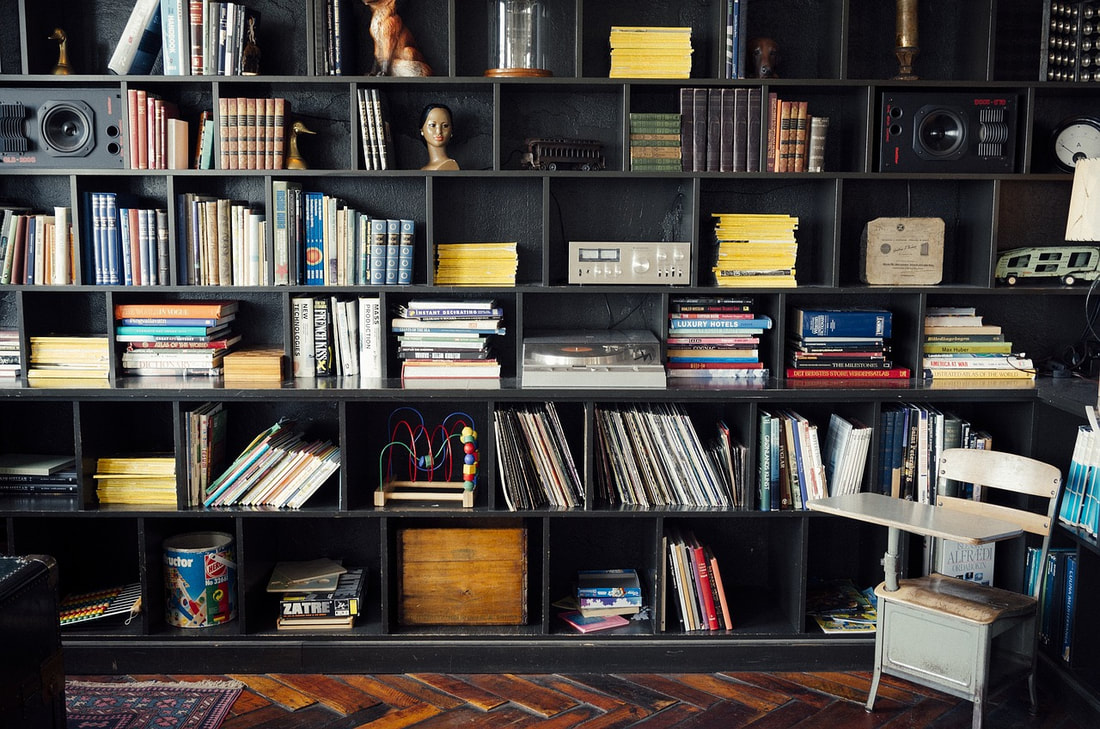
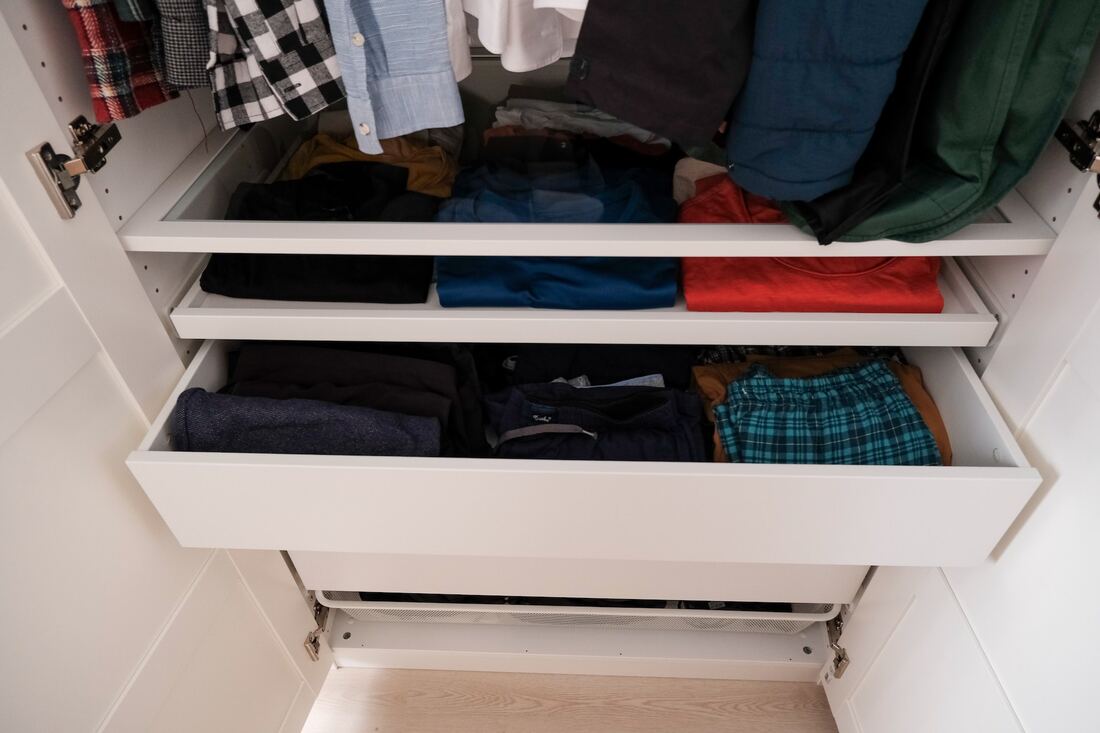
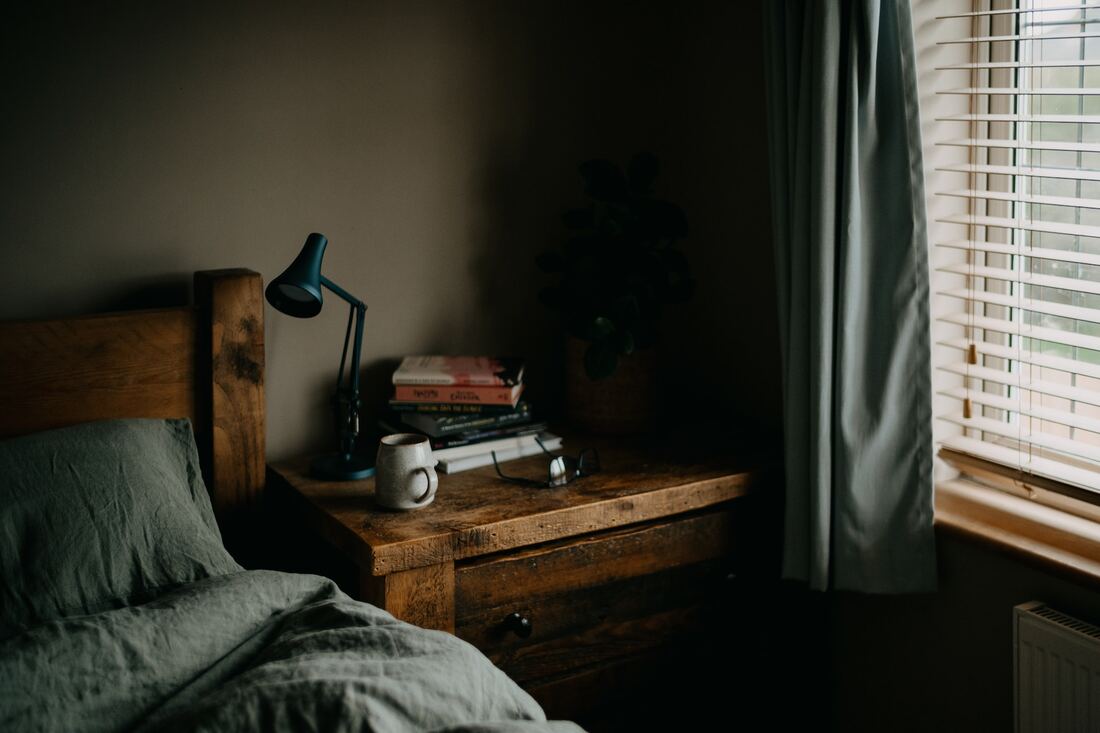

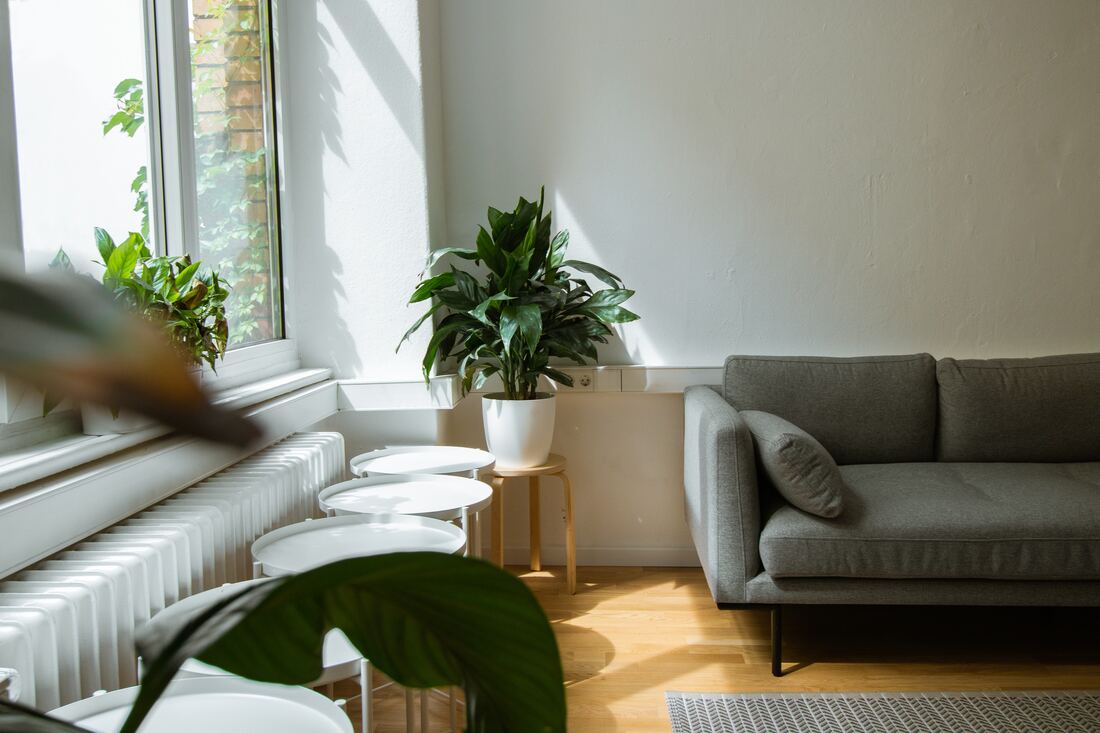
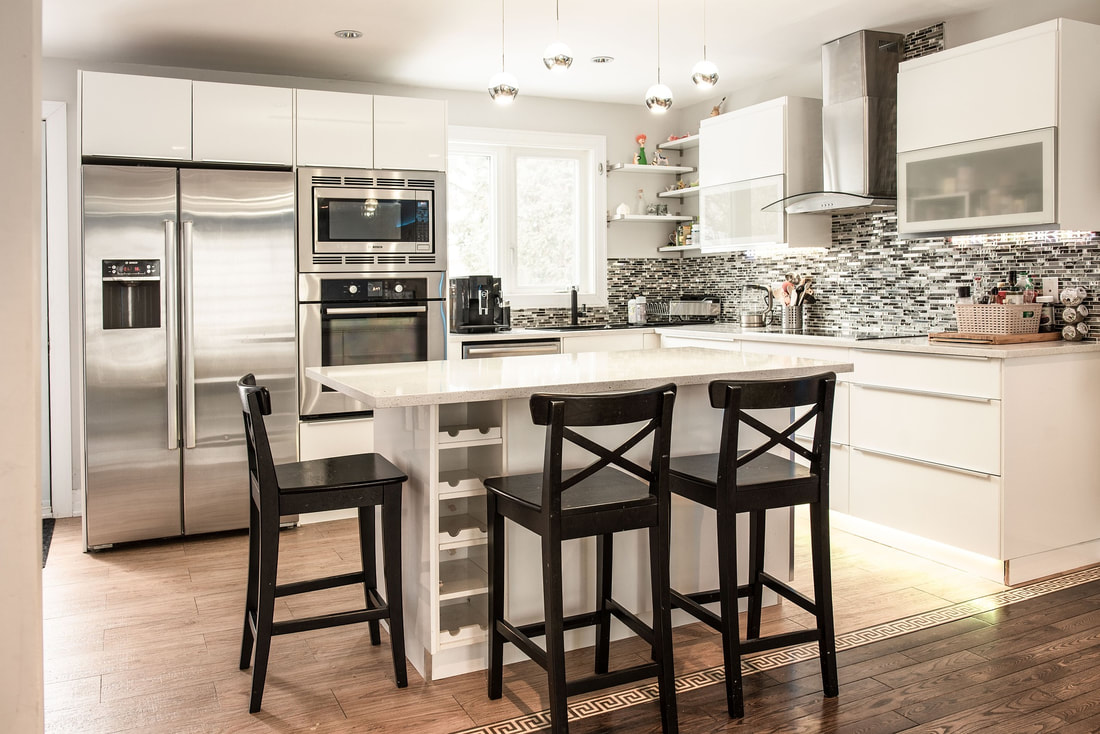

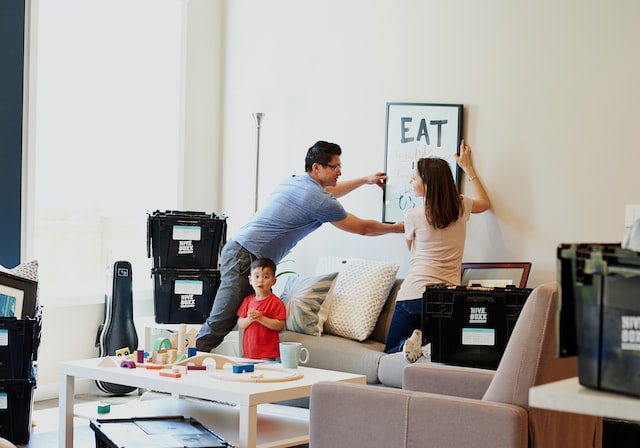
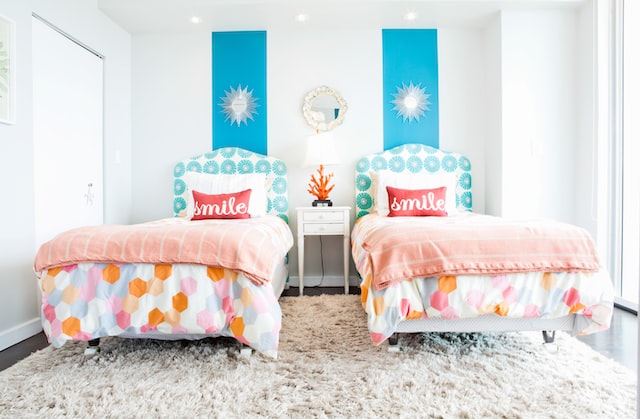

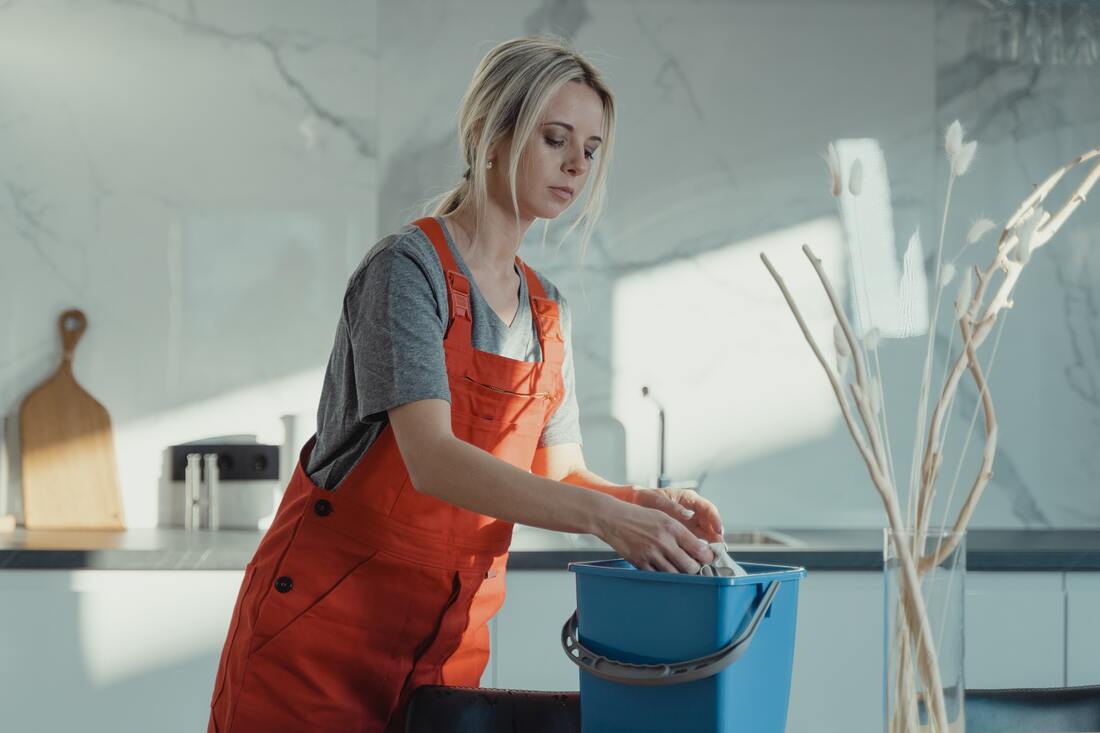
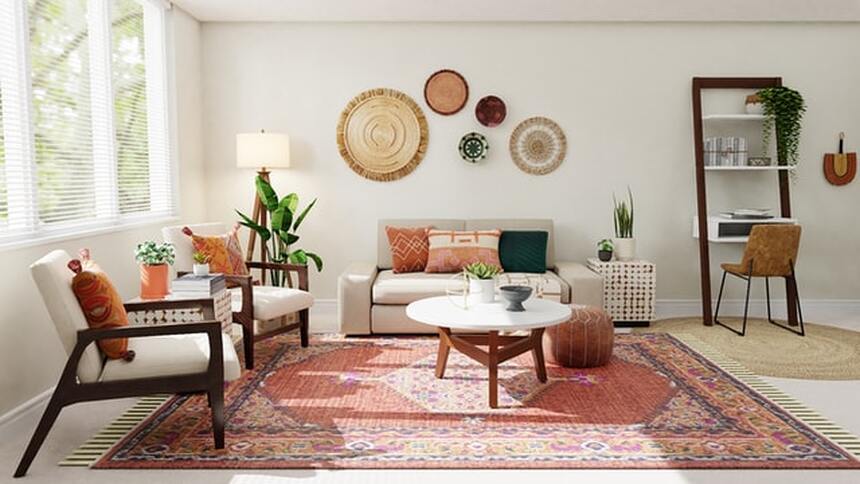
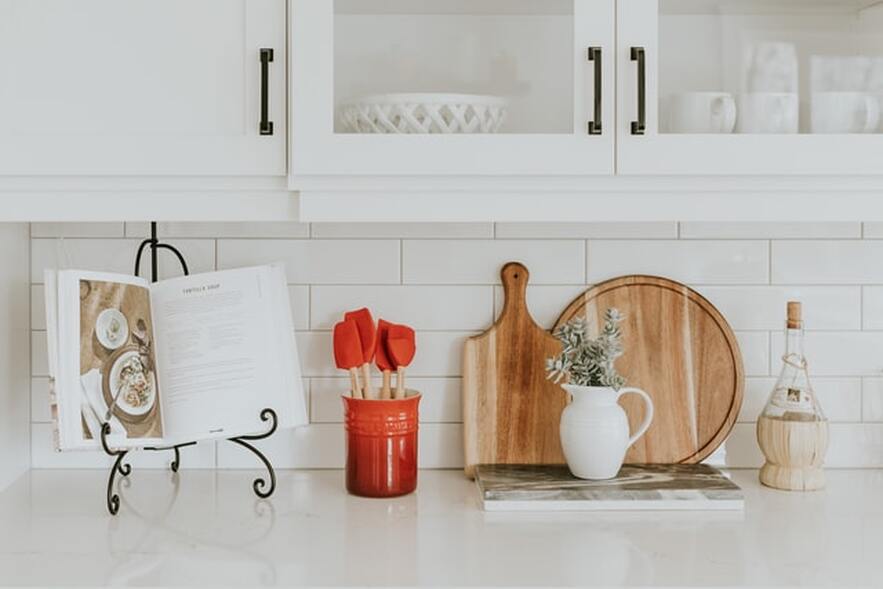
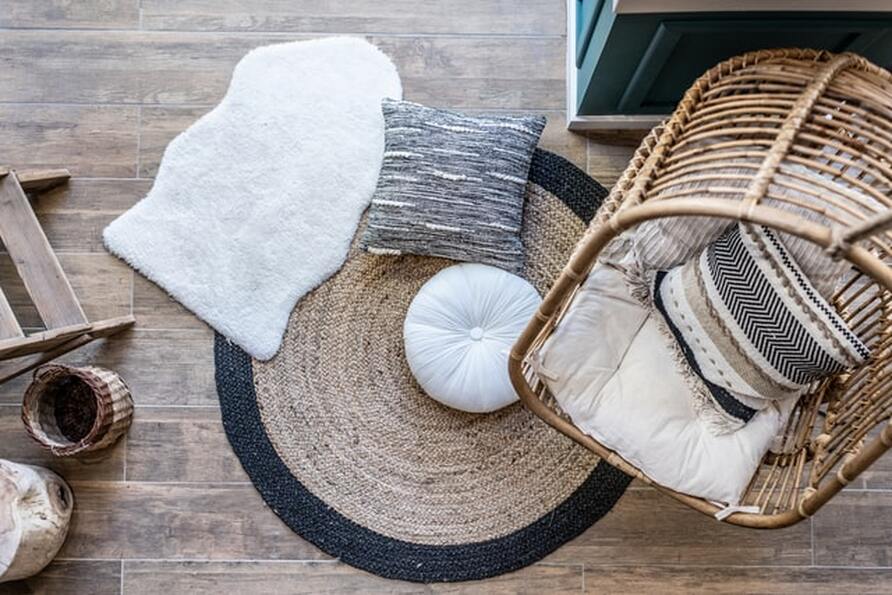

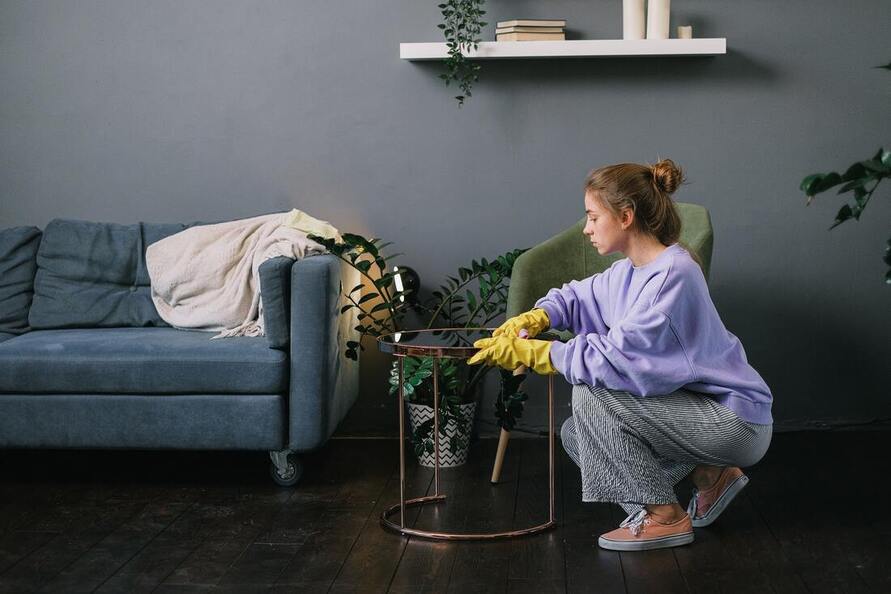
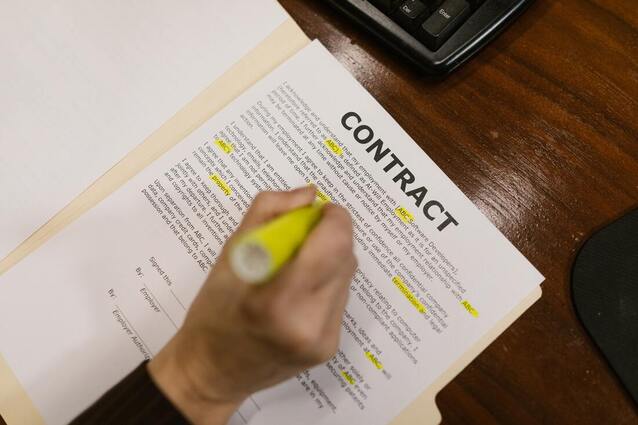
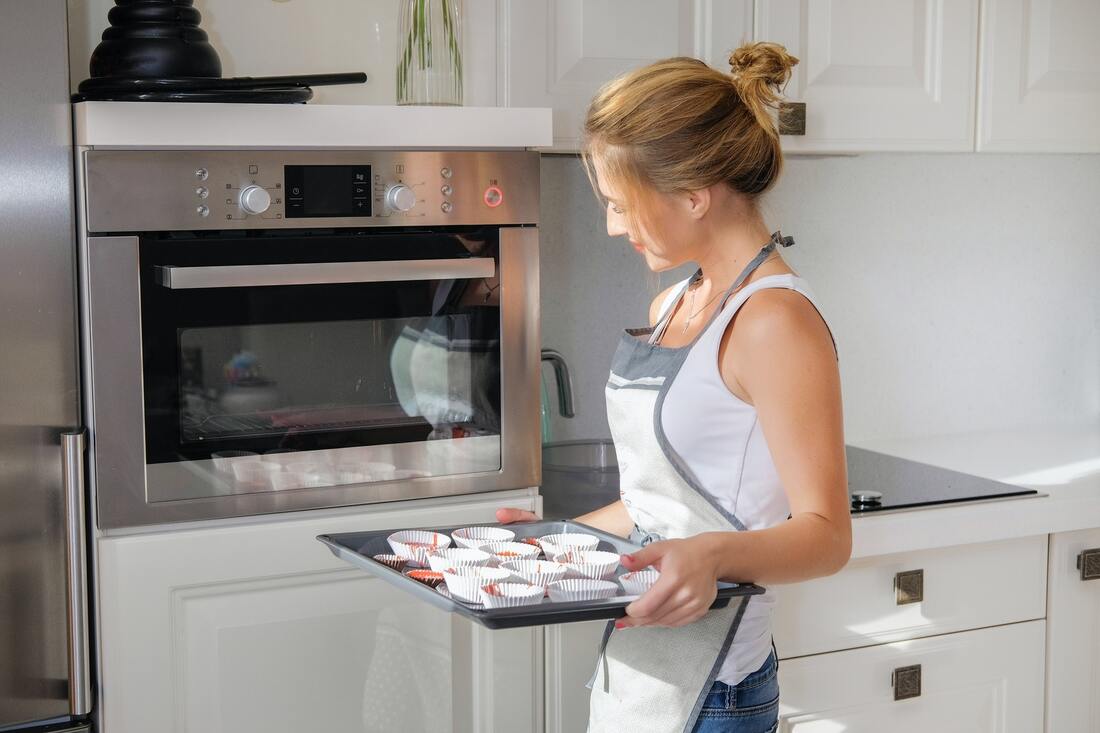

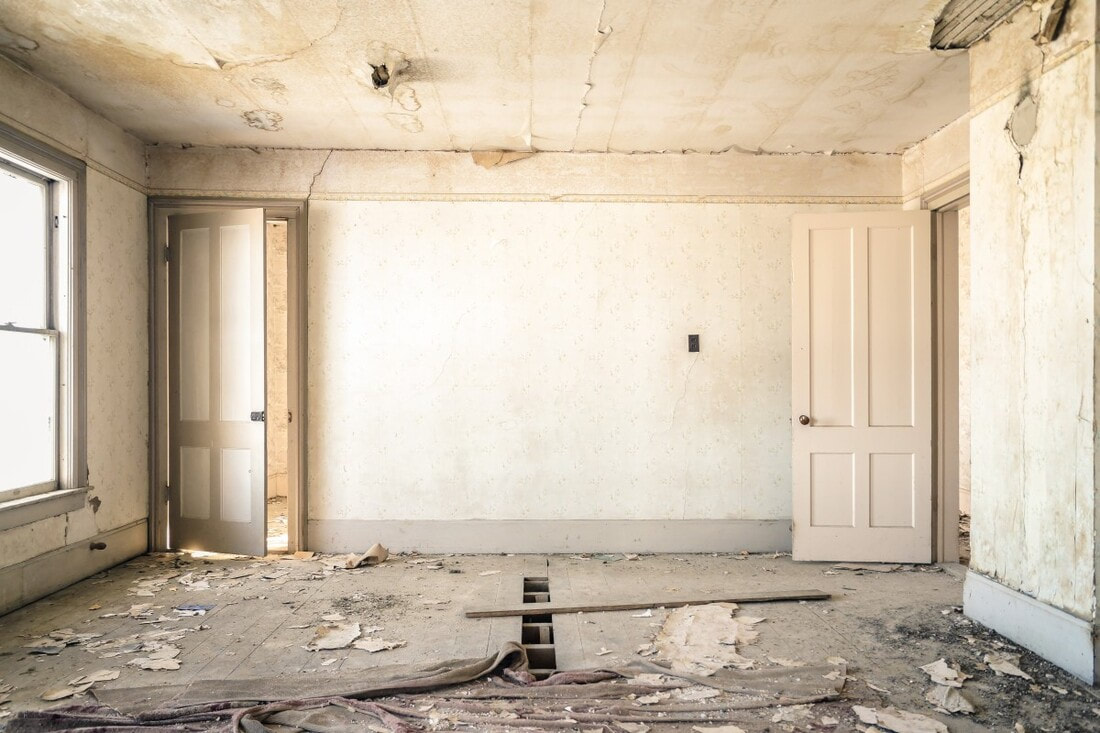
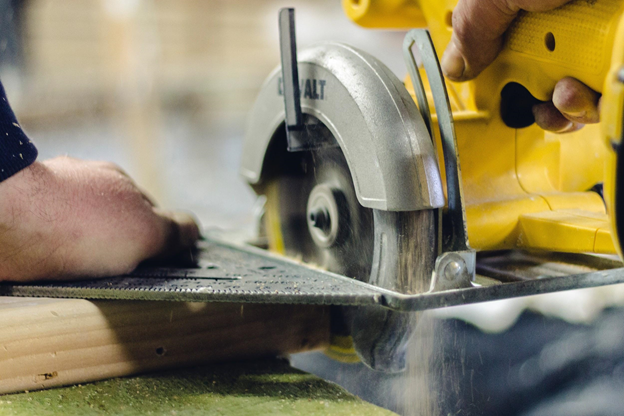

 RSS Feed
RSS Feed

